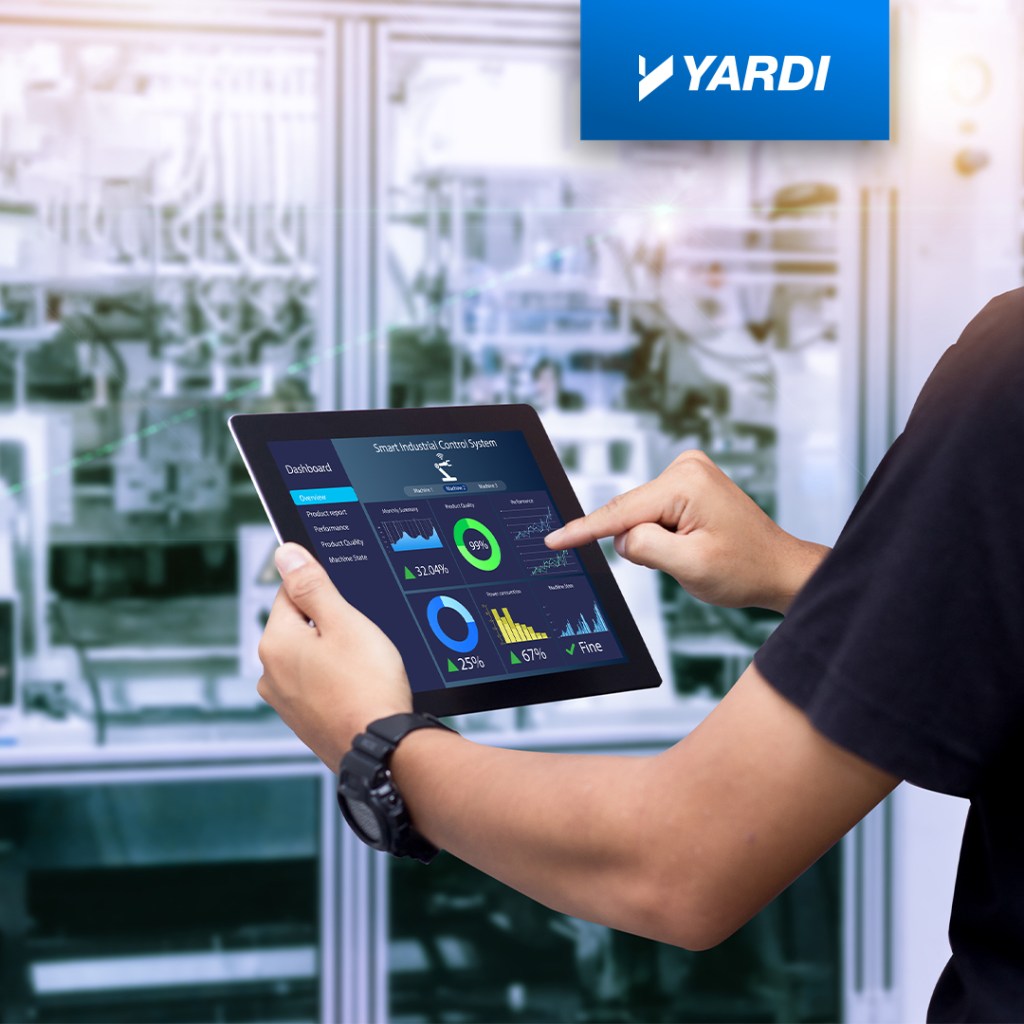Share This
Related Posts
Tags
ESG Ready
By Lee Ann Stiff on Jul 5, 2022 in Energy, Events
According to Naseem Wenzel, Executive Director and Head of Real Estate Assets at Lionpoint Group, “ESG is coming fast and furious, which leaves investment managers, real estate owners and operators and service providers in a position of either being reactive or proactive.” What position is your company in? In OSCRE’s May 25 Innovation Forum, ESG: Insights to Assess Your Readiness, the panel, moderated by Wenzel, discussed what’s needed to move the industry forward. The speakers represented “a mix of perspectives from change leaders in the industry” including Chris Devine, head of client analytics, Cushman & Wakefield, Rick Ferrino, senior VP technology, Blackstone and Soheil Pourhashemi, senior VP business technology, Brookfield Properties.

When asked individually about their company’s approach to ESG, the panelists touched on creating long term strategies, dealing with resource issues including staffing and training to focus on ESG and the overall need to automate data collection, analytics and reporting. The speakers agreed that evolving practices and focusing on how data flows — including real-time reporting from assets, are important initiatives. With regard to governance, the panel discussed measuring and normalizing data, creating data standards and developing organizational maturity.
One speaker commented that ESG practices are integral to building a resilient business and creating value for investors. ESG is also a critical aspect of capital fundraising. For service providers, the focus is on the occupier side and how to get data standards in place, with information flowing from investors to occupiers. All the panelists agreed that automating data collection and reporting is key.
Survey responses on ESG readiness
In OSCRE’s recap of the session, the audience’s answers to the polling questions included these key takeaways:
- 53% of respondents described their organization’s level of preparedness as just getting started and 0% reported that they have a fully integrated supply chain in place for ESG
- Nearly 40% reported their current approach to environmental data is mostly manual collection and consolidation, while 50% reported a mix of manual and automated ESG data collection in place
- The most startling response was focused on trust of the data itself. When asked to respond to the statement “I trust the accuracy of the ESG data that our organization currently collects,” a stunning 53% disagreed
Trustworthy data
To be useful, ESG data must be accurate. To solve the challenge of trusting data, Wenzel and the panelists strongly agreed on the need for collaboration both within organizations and across the industry. The goal is setting well-defined ESG data standards and getting the right structure for data collection in place. Data standards will drive governance. Plus, more regulations are coming, so the sooner standards for data collection are established, the better.
One speaker elaborated that collaboration means helping the industry solve the same problem every company has — they shouldn’t be competing on data standards.
This industry-level collaboration is a big hurdle. One speaker also talked about the challenge of scaling ESG data collection and reporting, and also the need to avoid the problem of “infinite mapping” and how everyone must adopt the same standards. Automating data collection is also key.
Lisa Stanley, OSCRE’s CEO, commented at the end of the session that collaboration, including with software and service providers, is absolutely critical to creating an effective ESG strategy and a common approach is needed to advance ESG initiatives. To further collaboration at the industry level, OSCRE encourages organizations to participate in its ESG Initiative that will focus on environmental data.
Emerging technology
With regard to emerging technology to assist in ESG data collection, Wenzel asked the panel, can we influence it? They agreed that the openness of systems is key. Data shouldn’t live in silos or be locked into one system and it should flow into other systems easily. One speaker referred to the use of blockchain as a system of record to track and audit emissions. They all agreed that open system architecture to enable data collection and flow is ideal. Plus, combining ESG data with other operational data delivers actionable insights.
Organizational readiness
OSCRE put forward five basic questions to help assess your organization’s ESG readiness:
- First, ask whether you have the right people and resources in place that are focused on ESG as part of their mandate. For example, it makes no sense to hire a senior data scientist if the majority of ESG data is being collected and managed manually.
- Do you have a baseline on where you are today?
- Do you have measurable targets to meet your ESG goals? Measurable targets help you put action plans in place.
- Have you embedded ESG in your due diligence process? Do you have a means of evaluating the impact of ESG on an acquisition or a disposition in a portfolio?
- Do you have the right tools in place to gather the data and validate it? This will help track your progress and ensure that you comply with reporting requirements.
Tech to take you forward
With the right software solutions in place, you’ll be ready to take on any business challenges. The right technology can simplify and optimize ESG data collection and reporting and will deliver analytics for actionable insights. It will also help reduce energy consumption at your properties and improve sustainability, as well as automate benchmarking and reporting and more easily meet compliance. You’ll also keep your tenants satisfied in optimized buildings while you attract investors with clear ESG metrics. Learn more about the Yardi Pulse Energy Benchmarking and how it can help you automate data collection and reporting.
